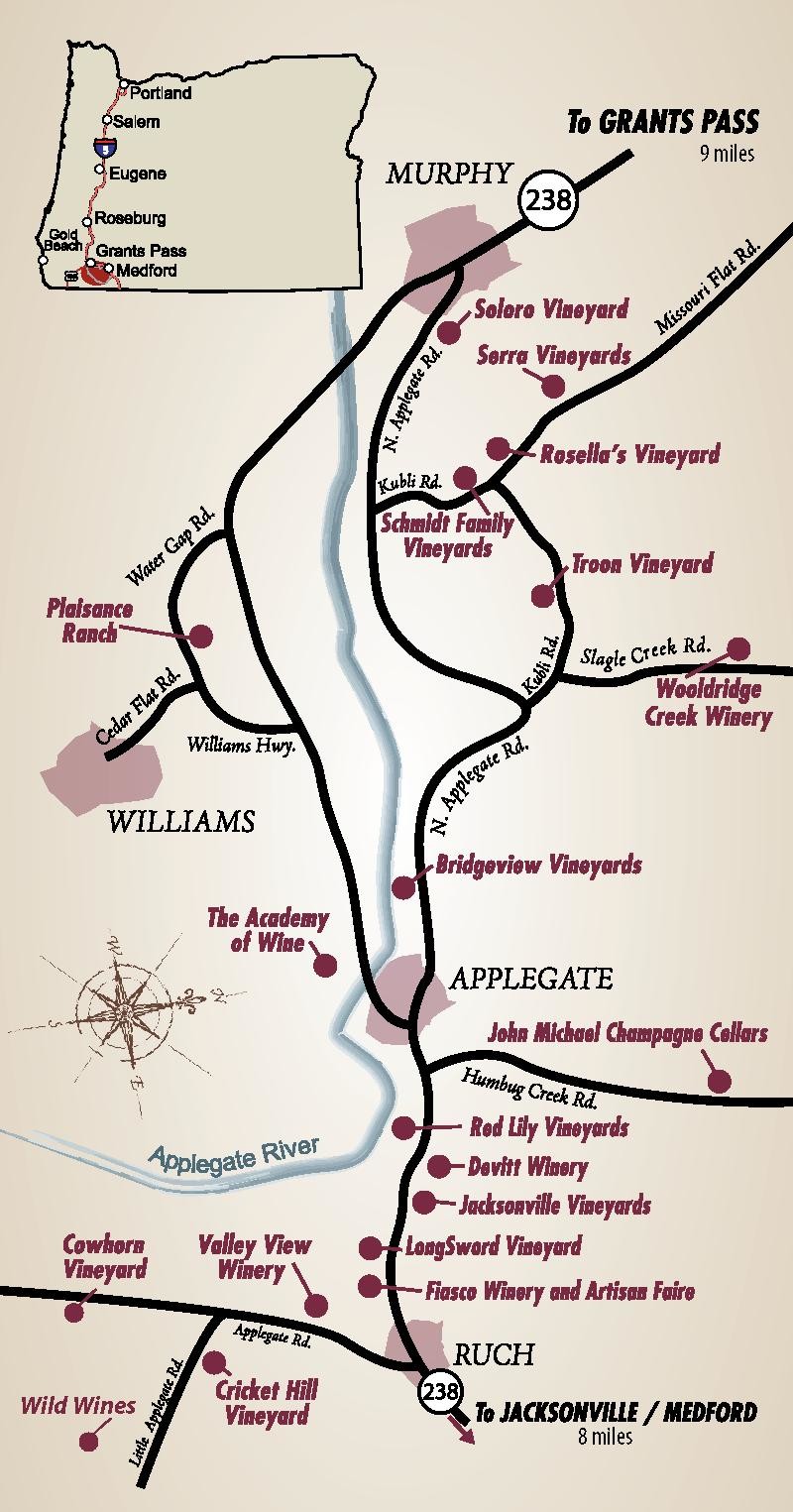From Vine to Wine
Ever wonder, about how grapes become this perplexing yet marvelous potion? An elixir if you will, just sitting ever so reposed upon our fine dining tables? A drink as old as time itself awaits our indulgence, after a long day, in merriment with friends, or in times of quiet reflection.
 Truly, it is an amazing concoction, contrivance, a medley of fascinations. Wine is akin to a wonderful novel. It captures you, sustains you, and from time to time…moves you to draw back in contemplation and wonderment of its very essence. The ancients of Greece, Rome, Egypt and even as far back as Mesopotamia, understood the importance of Wine. Vitis Vinifera, the original Wine Grape, believed to originate somewhere deep in the Caucasian Mountains occupies our homes still to this day. To inherit such a custom from so long ago is nothing less than astounding.
Truly, it is an amazing concoction, contrivance, a medley of fascinations. Wine is akin to a wonderful novel. It captures you, sustains you, and from time to time…moves you to draw back in contemplation and wonderment of its very essence. The ancients of Greece, Rome, Egypt and even as far back as Mesopotamia, understood the importance of Wine. Vitis Vinifera, the original Wine Grape, believed to originate somewhere deep in the Caucasian Mountains occupies our homes still to this day. To inherit such a custom from so long ago is nothing less than astounding.
Consider the steps we take today to continue enjoying a piece of unsurpassed history.
Harvesting The Grape
When it comes time to cultivate the grape clusters, Wine Producers carefully choose the perfect time for the type of wine they will be producing. Sampling the grapes from different parts of the vineyard is common in the decision-making process. An early harvest will produce a thinner, less sugary, low-alcohol wine, whereas a later harvest can produce the opposite. Grapes are then hand-picked or mechanically harvested, put into buckets and then large bins to be washed and sorted.
Pressing The Grape
These days, the crushing of grapes is done by machinery. As grapes get sorted on wide moving belts, they move into crushing bins. These crushing bins often have the ability to separate grapes from their skins as well (known as Must.) Grapes made without their skins (the Must) turn into the delicious White Wines we are so fond of. Although crushing of the grapes by foot is becoming rare, groups of people around the world still hold to this tradition, as a celebration ceremony to bring in good wine.
Juice Separation
Separating the juice is often called “Racking.” There are many ways to accomplish this part of the wine making process. After the grapes are crushed, must, sediment and wine barnacles float freely in the liquid…changing its composition as we know it. Many Producers use stainless steel tanks and filter hoses, moving the juice several times from one vat to another. Similarly, and like the days of old, some Producers use wooden barrels made of Oak or French Oak, to achieve this goal. The juice is then left in the barrels to settle for many days and weeks. After sediment has made its way to the bottom, the barrels are gently filtered or poured out into larger barrels or tubs (and is repeated to perfection.)
Fermentation
 The process of fermenting has a certain complexity, which may differ with one Winery to another. Often, Wine-makers leave the must, skin, seeds, and all, for an accomplished wine. In this case “cap management” is necessary to move liquids and solids around regularly, such that the fermentation process is guaranteed to continue. Temperatures of 77F (for reds) and 68F (for whites) are recommended, however, is not set in stone per se. Varied levels of sugar and yeast are checked and added, along with preventative measures of oxidation. Just as temperature maintenance is important for the yeast to stay alive and active, sugar management is also necessary, as the yeast feeds on the sugar. This then results in the famous alcoholic, vintage-drink, enjoyed now for centuries.
The process of fermenting has a certain complexity, which may differ with one Winery to another. Often, Wine-makers leave the must, skin, seeds, and all, for an accomplished wine. In this case “cap management” is necessary to move liquids and solids around regularly, such that the fermentation process is guaranteed to continue. Temperatures of 77F (for reds) and 68F (for whites) are recommended, however, is not set in stone per se. Varied levels of sugar and yeast are checked and added, along with preventative measures of oxidation. Just as temperature maintenance is important for the yeast to stay alive and active, sugar management is also necessary, as the yeast feeds on the sugar. This then results in the famous alcoholic, vintage-drink, enjoyed now for centuries.
Cheers!

